Ideal Timing for Storm Restorations
Storm restorations are most effective when performed promptly after storm events, but timing can vary based on weather patterns and seasonal conditions. Typically, the optimal window is during periods of mild weather, avoiding extreme cold or heat, which can complicate repair processes.
Conducting inspections immediately after a storm helps identify damage early, preventing further deterioration and facilitating timely repairs.
Late spring and early fall often provide favorable weather for storm restorations due to moderate temperatures and lower precipitation levels.
Avoiding restoration during winter or peak summer months reduces risks associated with extreme cold or heat, which can hinder repair work.
In regions like Lebanon, Tennessee, storm activity peaks during spring and late summer, making these times critical for readiness and swift response.
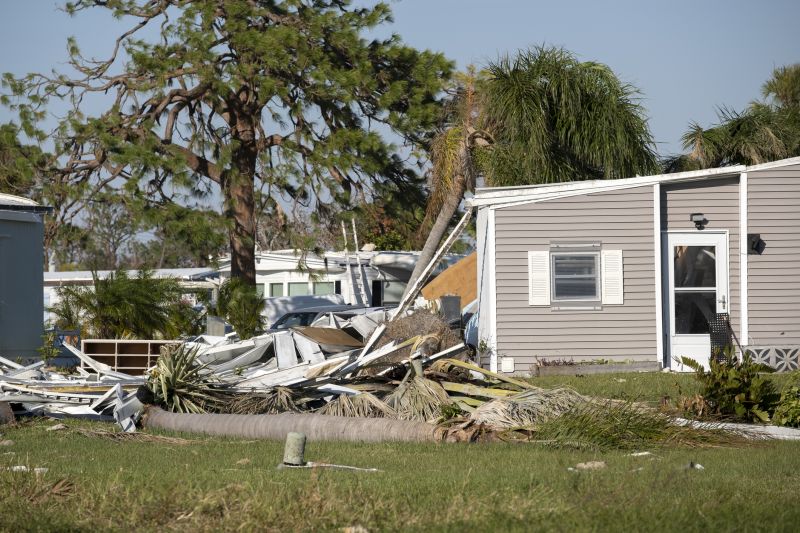
Visual evaluation of storm aftermath to determine necessary repairs.
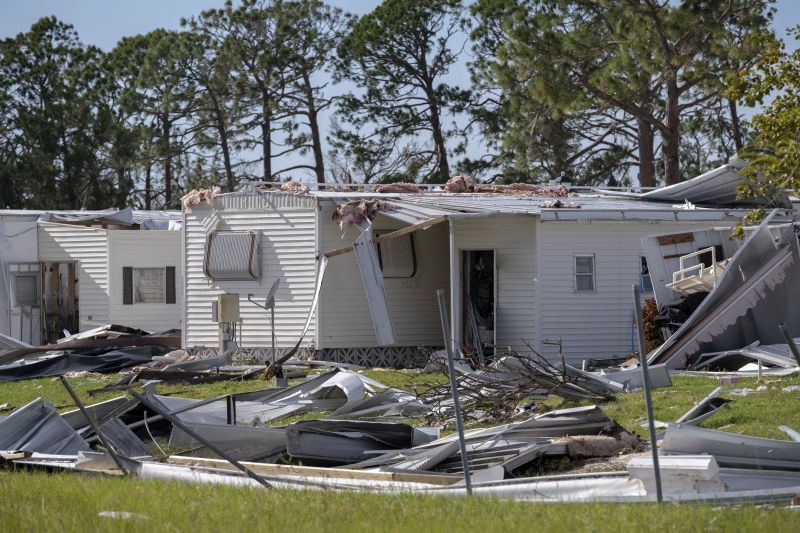
Rapid response to urgent damage following storms.

Preparing properties for upcoming storm seasons.

Ways to make Storm Restorations work in tight or awkward layouts.

Popular materials for Storm Restorations and why they hold up over time.
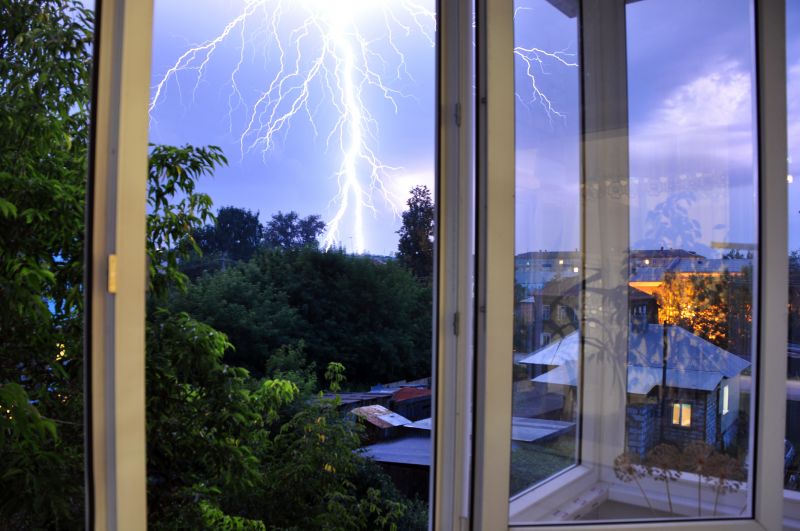
Simple add-ons that improve Storm Restorations without blowing the budget.
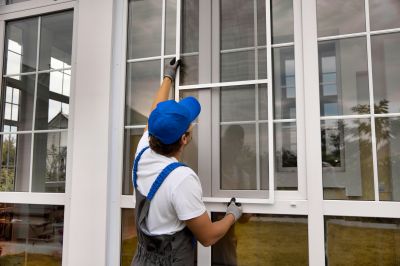
High-end options that actually feel worth it for Storm Restorations.

Finishes and colors that play nicely with Storm Restorations.
| Season | Optimal Restoration Period |
|---|---|
| Spring | Late March to May |
| Summer | June to August |
| Fall | September to November |
| Winter | December to February |
Storm restorations involve repairing and restoring structures damaged by severe weather events. This process includes roof repairs, siding replacements, window and door fixes, and structural reinforcement. Timely restoration helps prevent further damage, reduces costs, and minimizes disruption to property owners. Understanding the best timing maximizes effectiveness and safety during repairs.
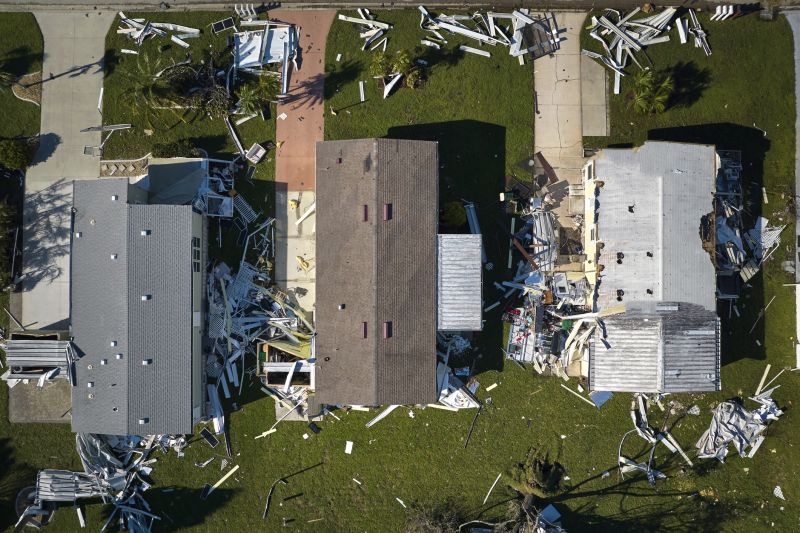
Structures prior to storm impact.
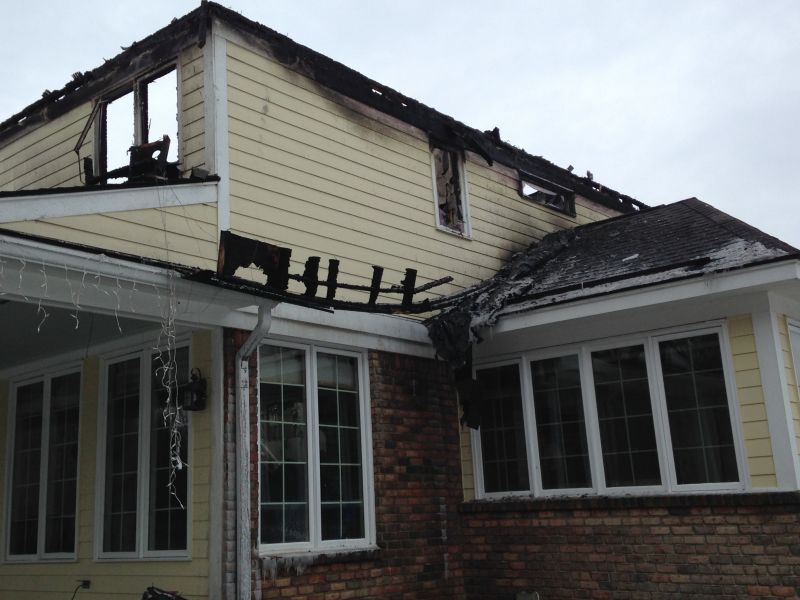
Restoration work underway after storm damage.
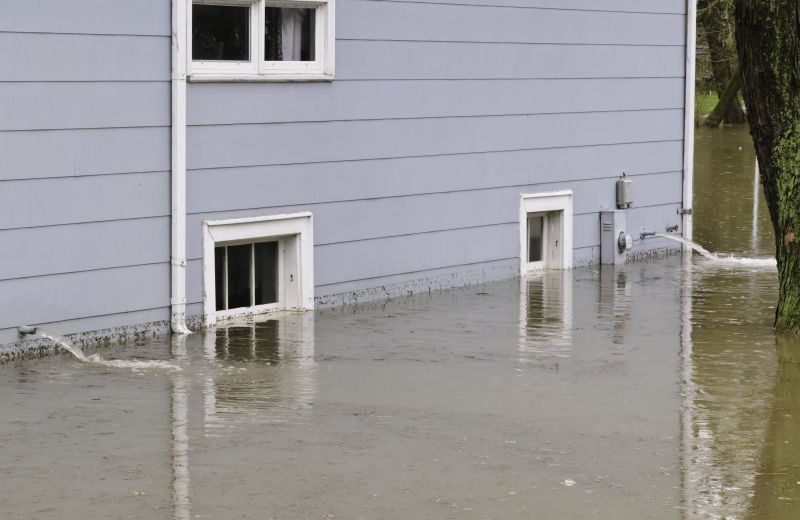
Completed storm restoration projects.
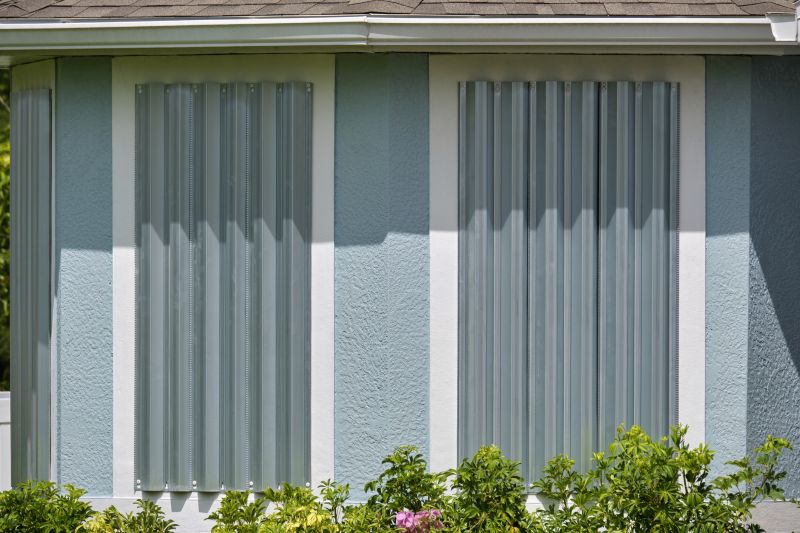
Properties equipped for storm season.
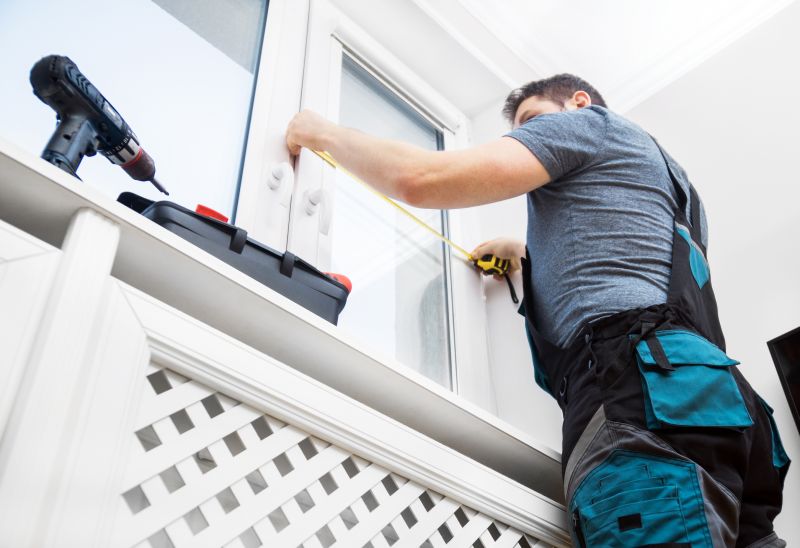
Little measurements that prevent headaches on Storm Restorations day.
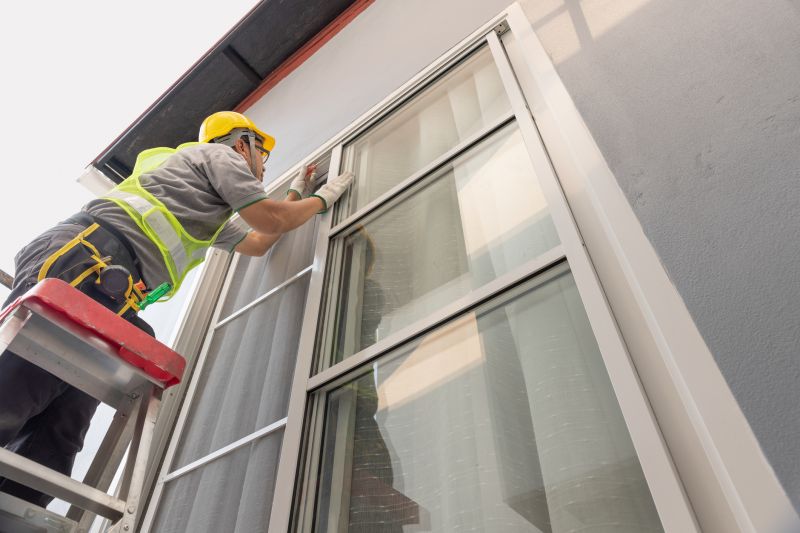
A 60-second routine that keeps Storm Restorations looking new.
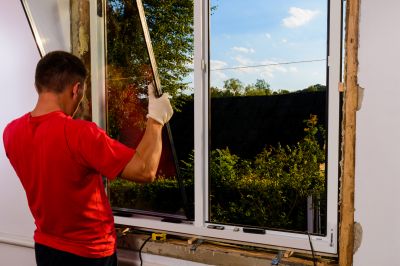
A frequent mistake in Storm Restorations and how to dodge it.

Small tweaks to make Storm Restorations safer and easier to use.
Interested property owners should consider scheduling storm restorations during the optimal seasons to ensure safety and efficiency. Prompt action after storm events can mitigate extensive damage and reduce long-term costs. Filling out a contact form can initiate the process of assessing and restoring property damage effectively.
